Around two weeks ago when I visited AudioVisual Helsinki 2015 fair (on which I wrote AudioVisual Helsinki 2015 report) I also happened to walk trough FinnSec 2015 Fair (18-20.11.2015) that was held at the same location. Besides traditional security (like locks, alarms, security people, fire protection etc.) there was also discussion the IoT security.
On Thursday, 19.11. 9.30 am – 12.00 Security seminar will focused on information security IoT’s cross pressure. I just happened to be at the right place to see seminar keynote by technology visionary Risto Linturi. He talked about future of security and kyberterrorism: Digitalization and robotisaatio change threats radically companies, society and the individual as a whole. It solves some traditional risks and creates new kind of risks. You need to move on the digitazations fast enough to prevent any falling behind, but too much openness increases the risk. All new technologies have vulnerabilities, threats and risks associated with them, if implemented, may unexpectedly wide-ranging impact, and the parties, who were prepared for them in the least. In general the digitalization of world is seen as a positive thing.
Robotization affects many areas. Most of the affects of robotization are good (for example less traffic accidents with robot traffic), but there are risks (technology not reliable always and hacking) and potential that lots of less people are needed in some areas (for example transportation needs lots of less people, it is expected that US army needs 100 000 less drivers in coming years due wide use of robot trucks).
Thing2Data project: Goods are unique to us. They have their owner, its location, its history, and the number of heads in addition to physical characteristics. Individual information is not, however, follow the goods automatically. It is authorized to wonder how difficult and fragmented trade data processing still is, even if we live in the era of smart phones, e-commerce and social media. Supplies Data old-fashioned, and complicates trade in goods, operation, maintenance, and disposal. Since we do not have any common and easy to practice conservation, browsing and sharing of trade information, we will always be separately if necessary transfer of goods individual data information system to another. In this way we do, if we want the information made available are at, for example, goods from the manufacturer to the user, and maintenance.
More inofrmation secure anti-fragile ecosystem architecture – based on results from MyData and Thing2Data projects. MModel was presented in Liikennevirasto 42 2014 publication.
Features to add security: Remotely controllolled devices should be autonomically secure, do not sto progress with regulation (leads to no knowledge being developed to match future risks), devices itself should get strong data security features, keep mind on resility and anti-fragility in design (minimize risks, learn from mistakes).
The paradigm of war should be updated to understand that with modern IoT devices there are no national borders as devices can be easily accessed from anywhere where is Internet connection.
What to protect and what is in line:
- Your life and physical property
- Intellectual Property Rights
- right to make decisions (on the dangers and threats)
- Correctness of information
- Information privacy
- Respect for law and contracts
- Production and service capability
- Transaction infrastructure
- Territorial integrity
- Safety of living environment
New ways to solve the current problems include new vulnerabilities!
Quad copters and drones – legal frameworks is changing in USA and in EU
Health care will advance with self diagnostics – will save tens of thousands of worker years in Finland!
Open logistics should be taken account in furure community planning.
For example Volvo has tested in Norway and Germany to use your car as a “mail box” where DHL can deliver the goods you have ordered on-line. If this kind of ystems are built as standard open systems, any shop or logistics company can easy take advantage of this.
Enhanced reality – visit remote places and material radars can analyze your food before you eat it
Technologies risks and possibilities at 2020 matrix. There are many positive things and many risks, but the total result of digitalization development seems to be clearly postive things. But keep in mind that your risk profile changes (technology reduces traditional risks, but you need to understand new kind of risks).
Risto Linturi has just written a Sitra report Technology as an enabler of sustainable well-being in the modern society that examines how technology development affects our vision: which technology trends support and enable sustainable well-being, and which trends threaten it? What are the roles of artificial intelligence, digitisation, biotechnology or nanomaterials in the pursuit of a sustainable future? How can society steer technological development in the desired directions? The keynote speech made several references to this publication.
Here are better resoluton pictures of data presented in the talk directly from Technology as an enabler of sustainable well-being in the modern society.
This table from page 33 shows that impacts of many different new developments are generally positive, and some have more risks in them than other:
Table 1 from Technology as an enabler of sustainable well-being in the modern society document shows a detailed matrix of different technologies and their effect on different areas of society:
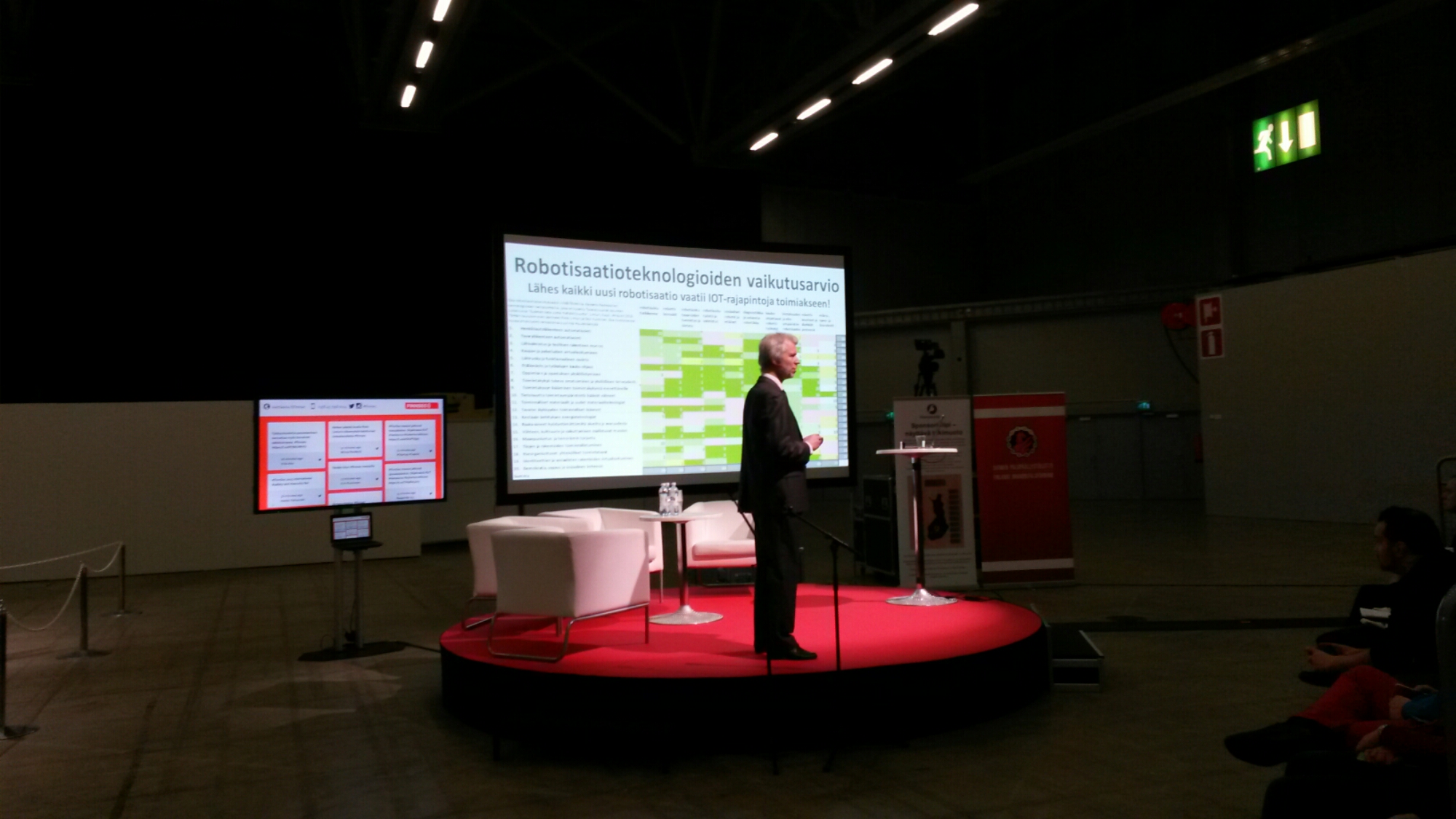
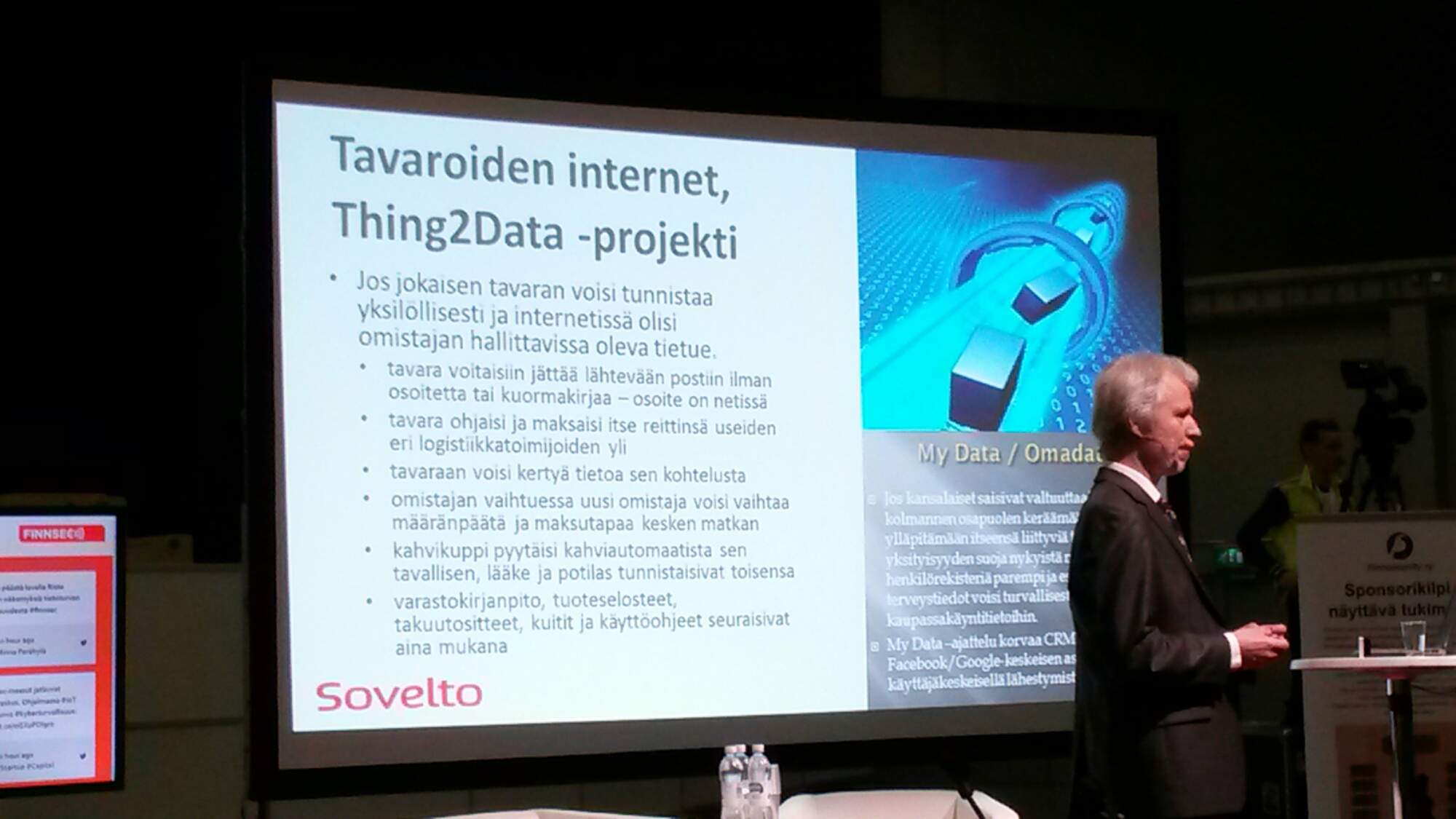
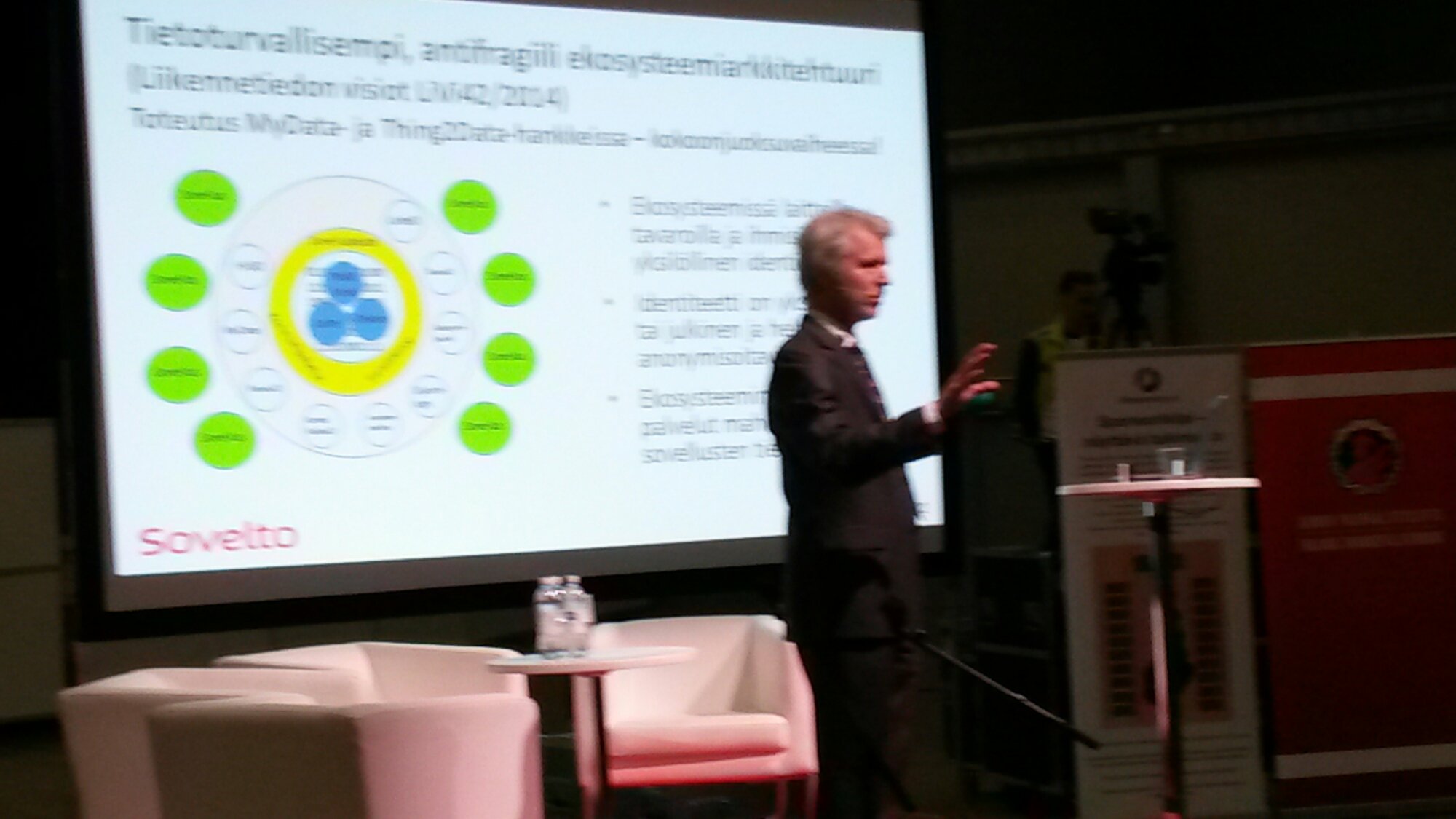
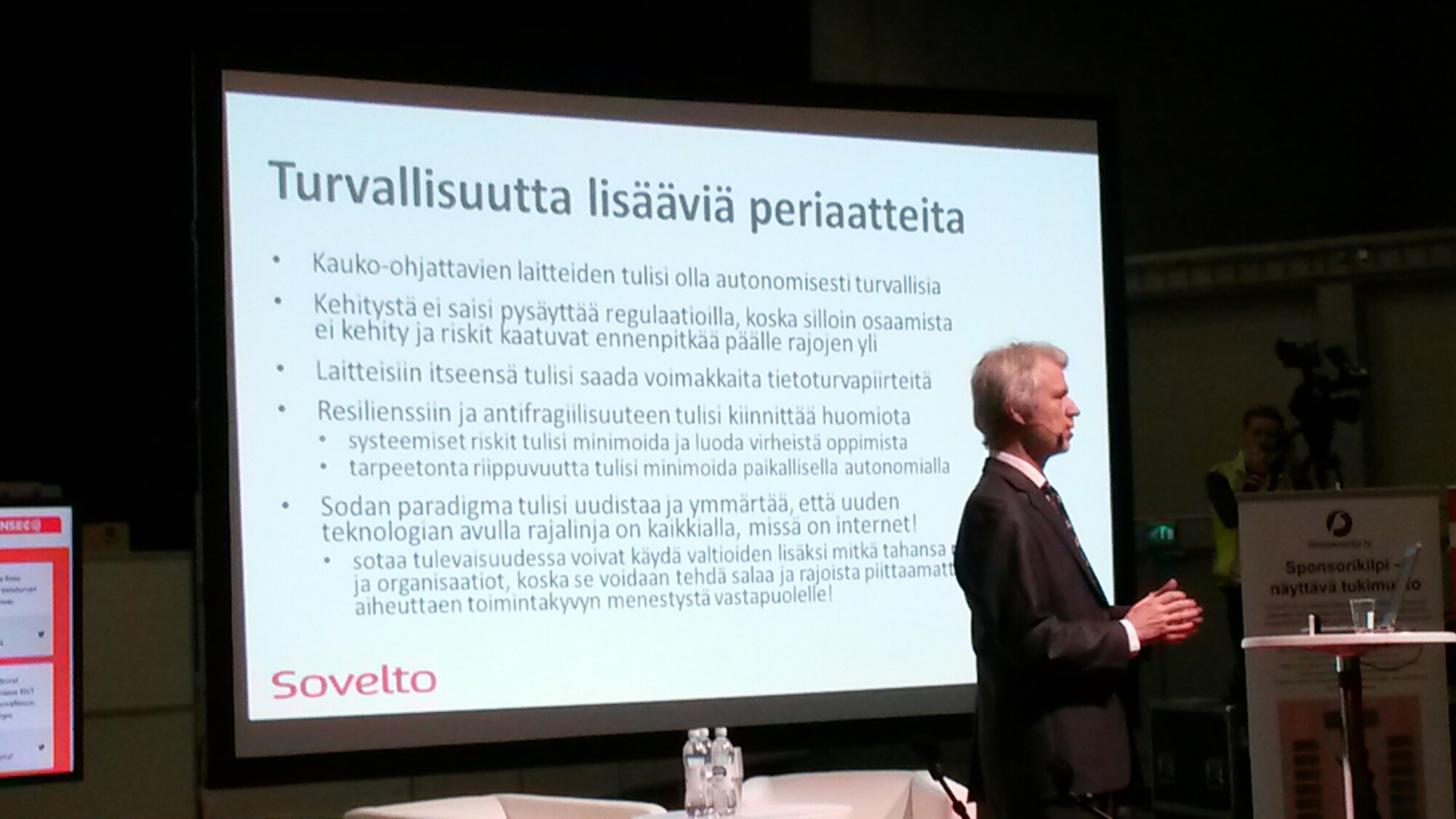
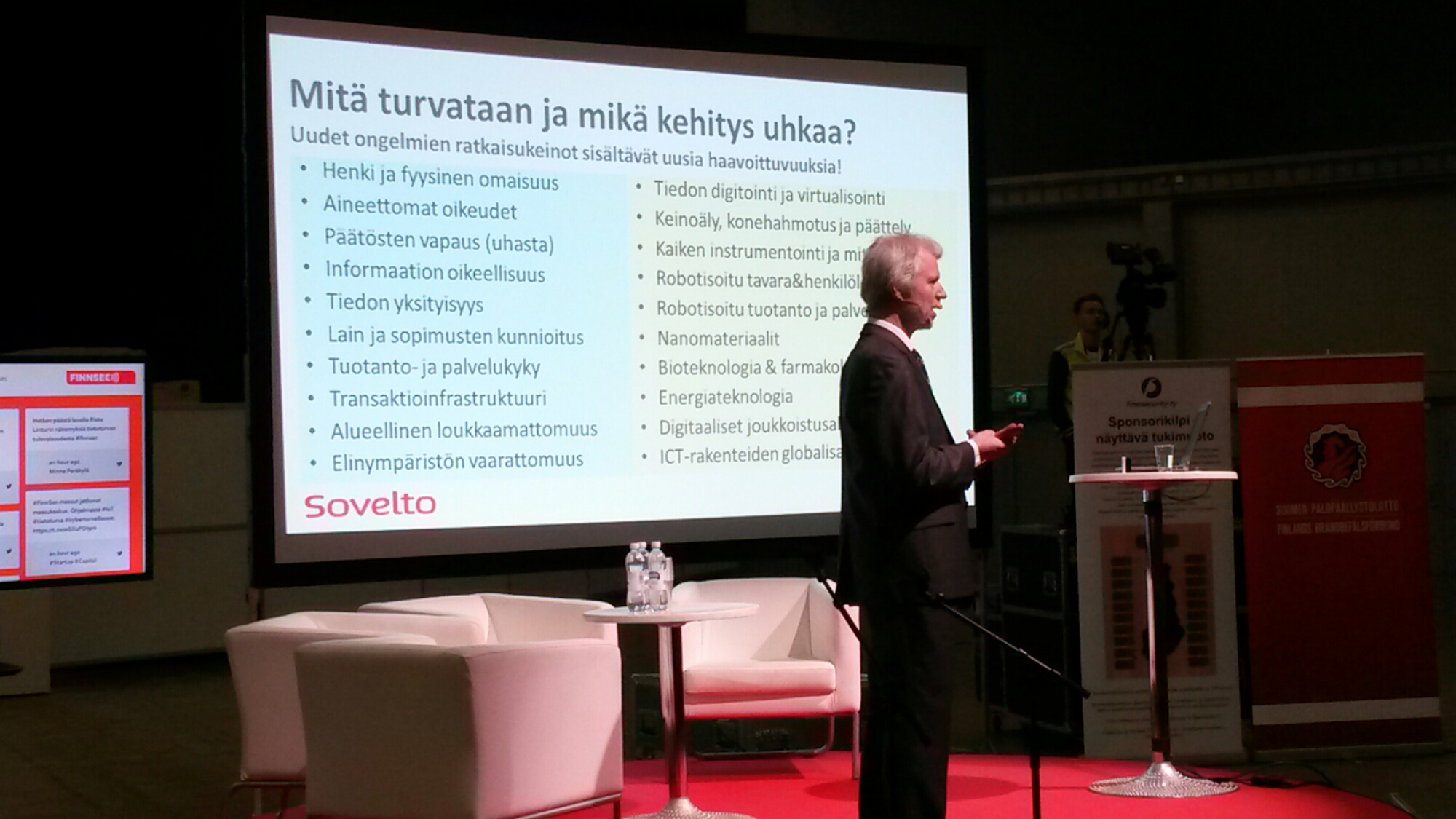
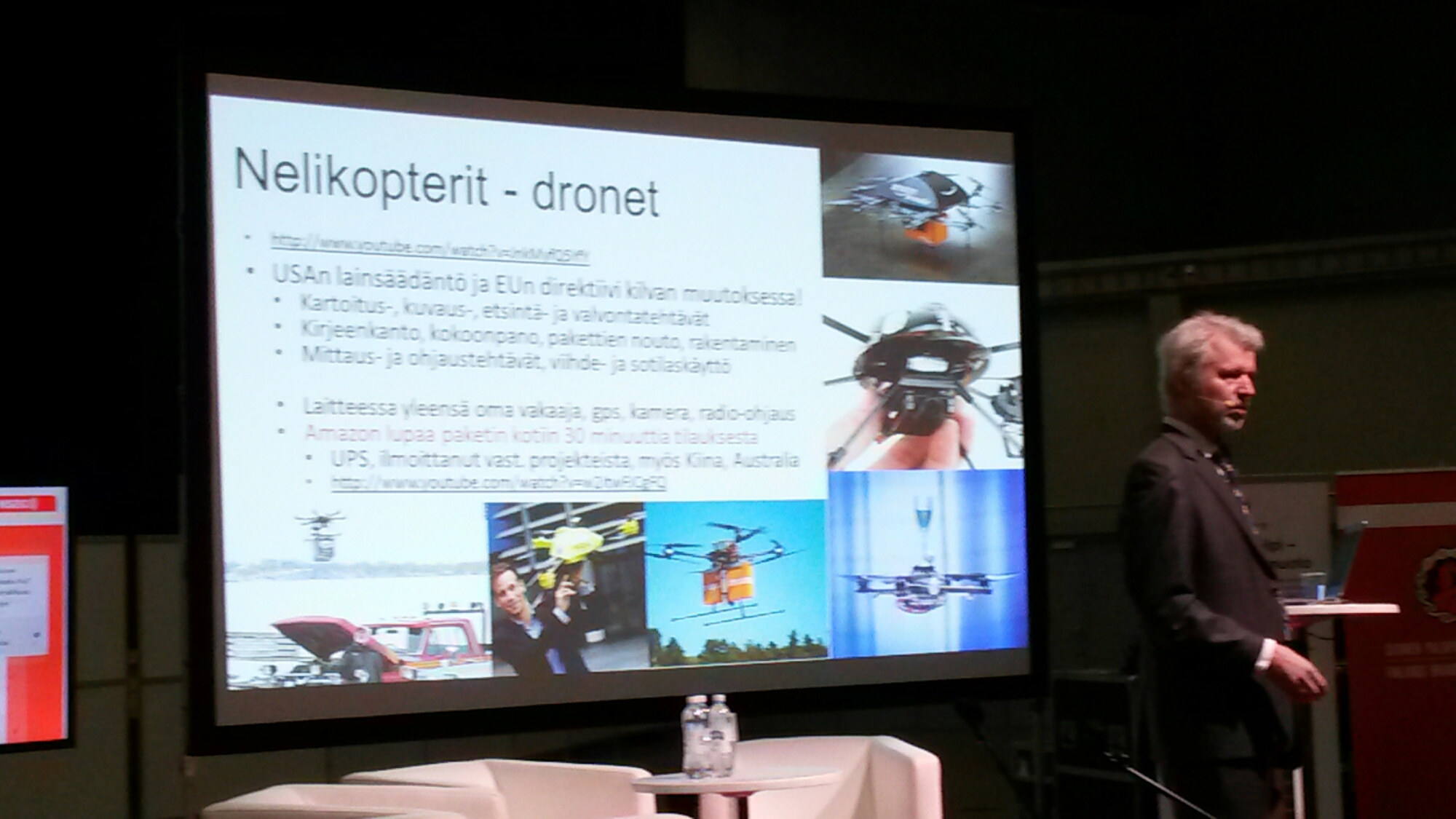
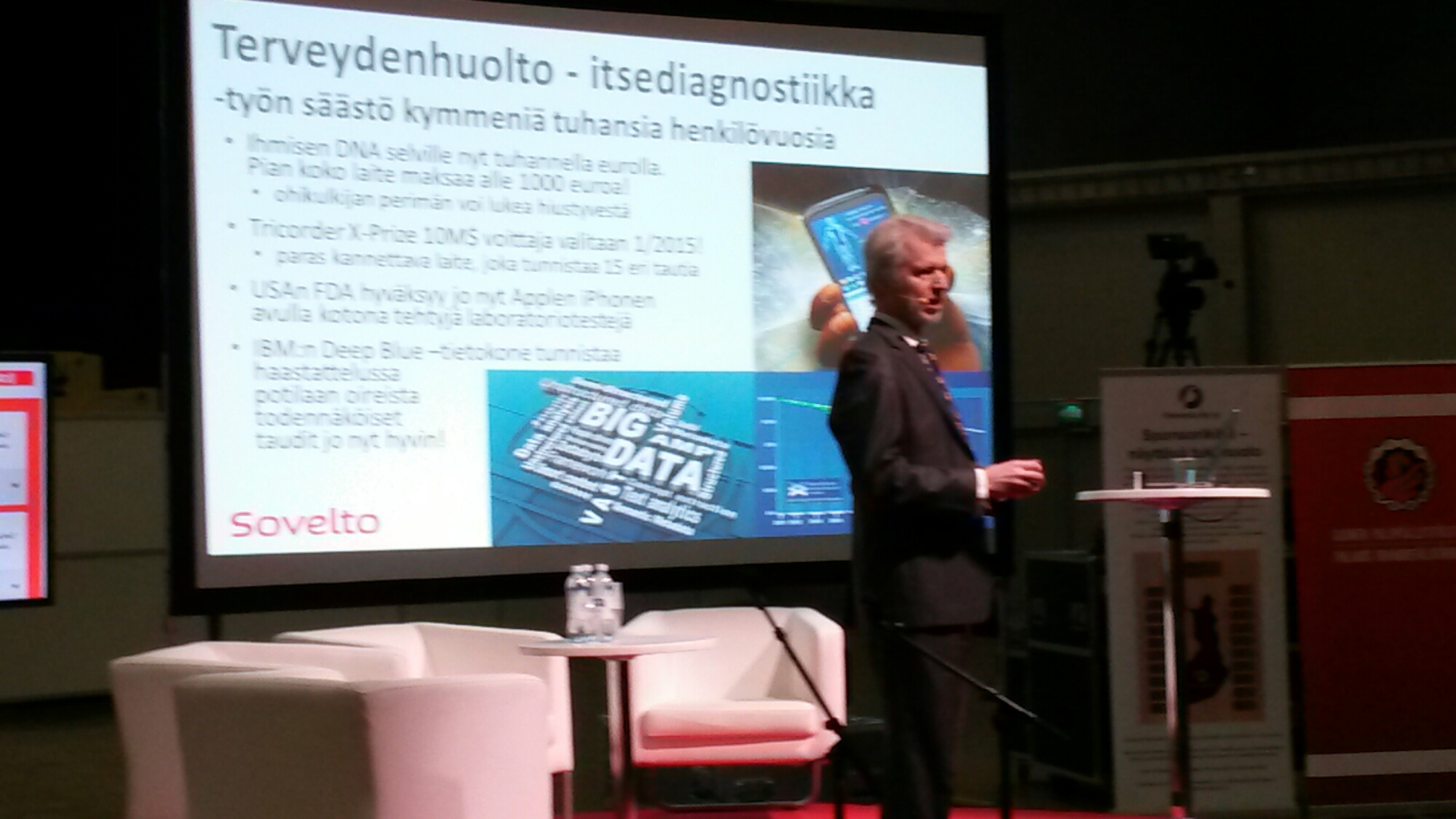
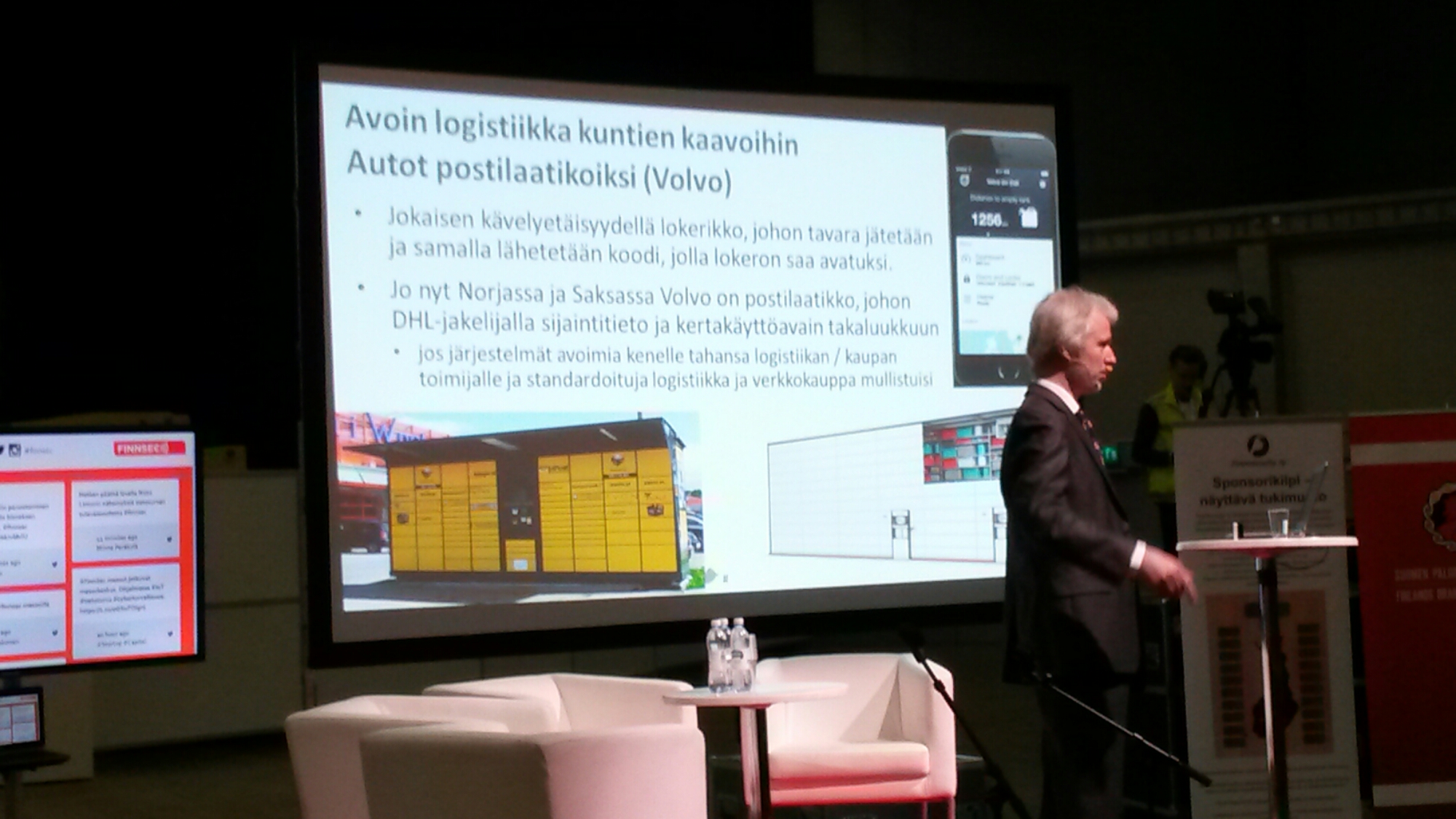
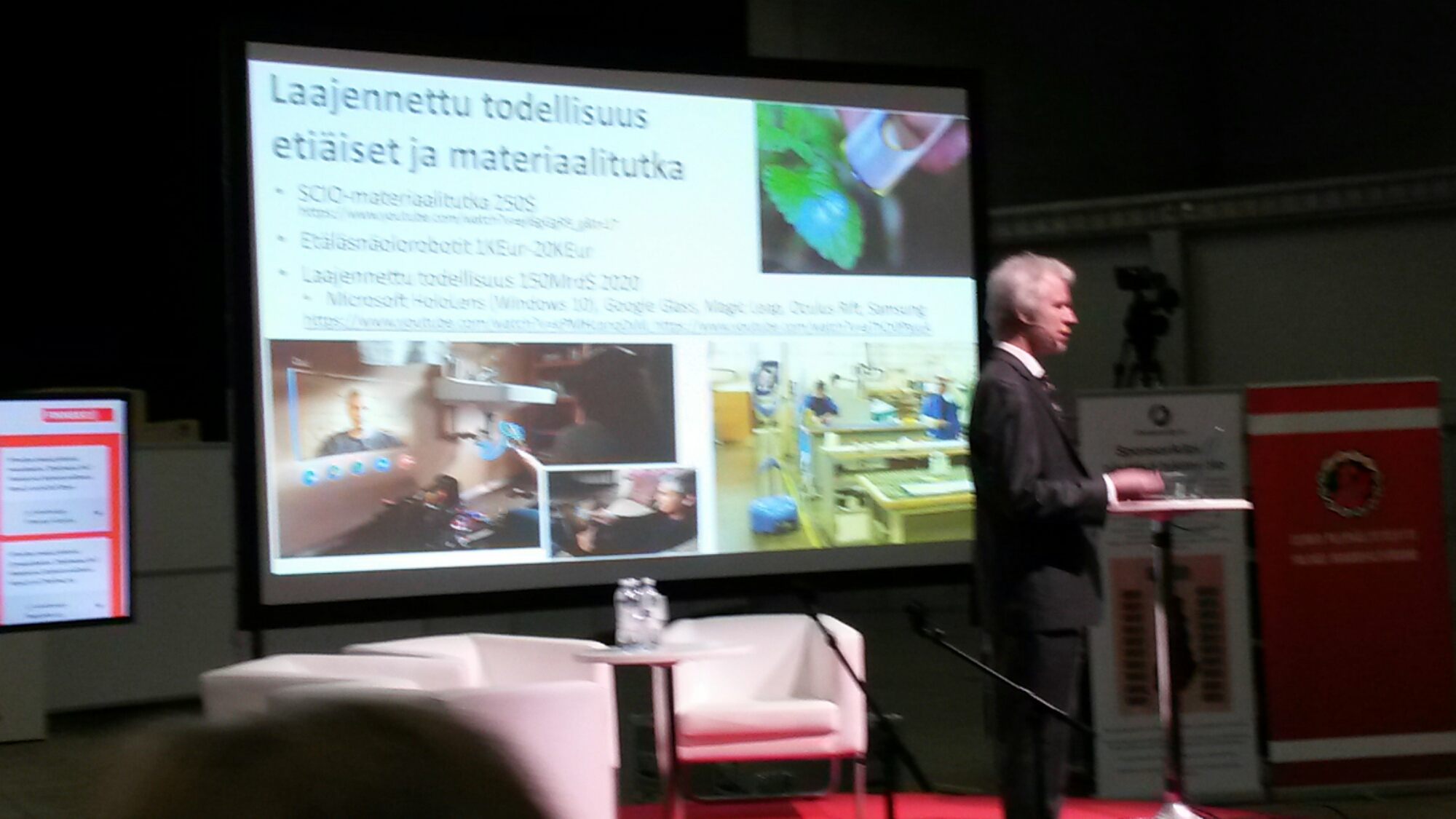
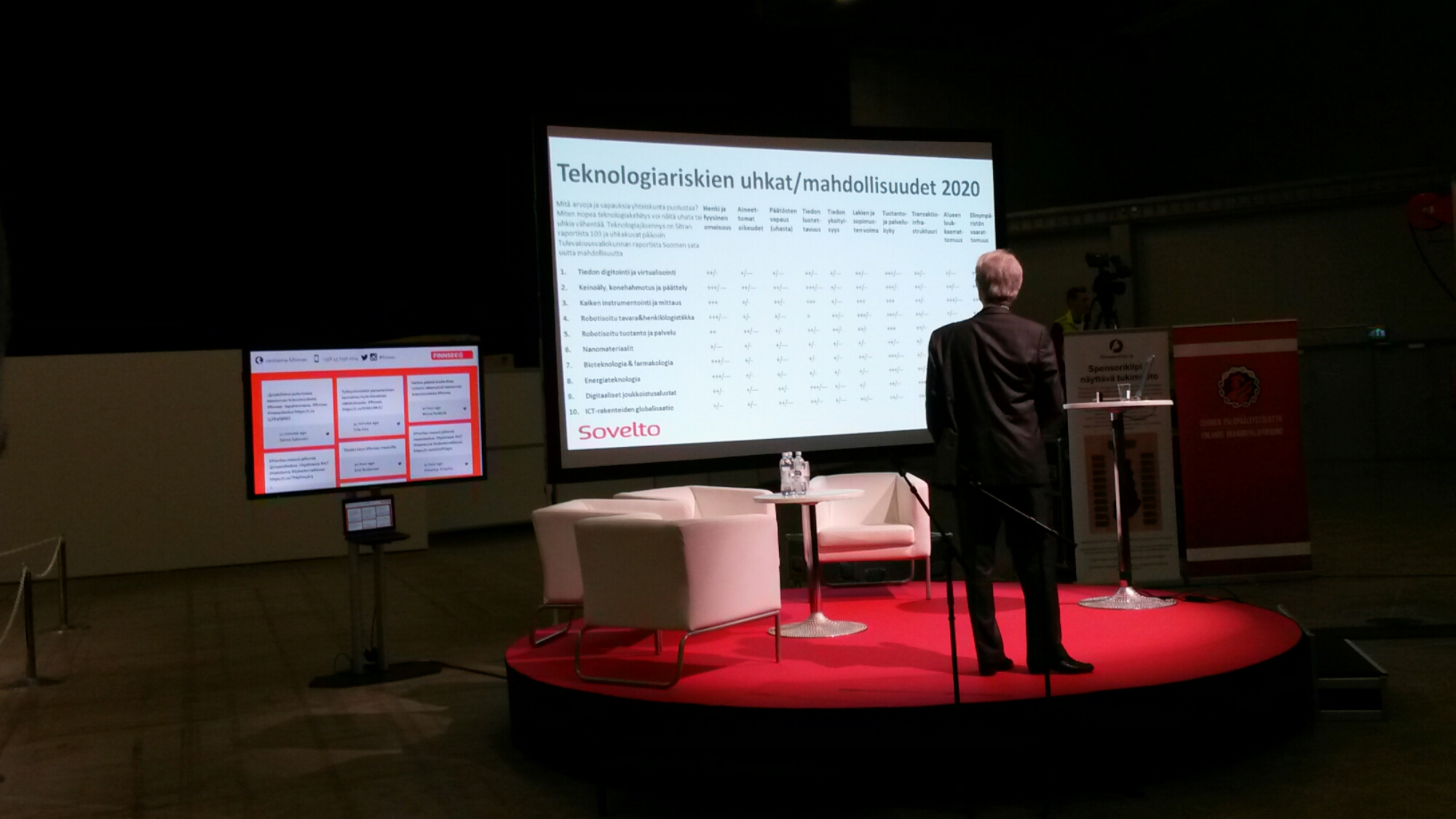
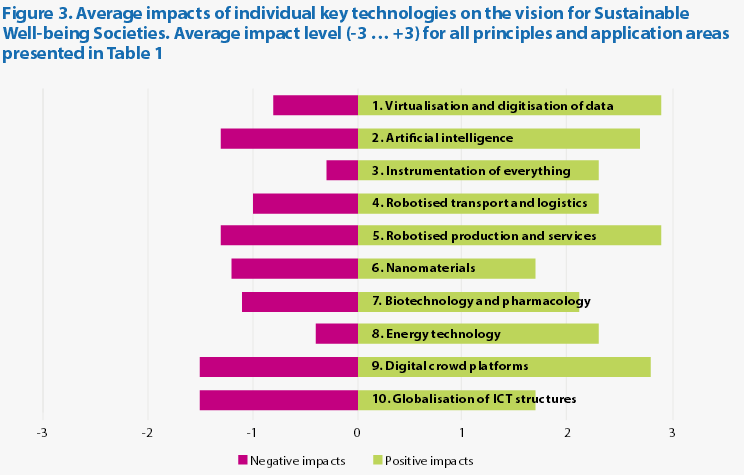
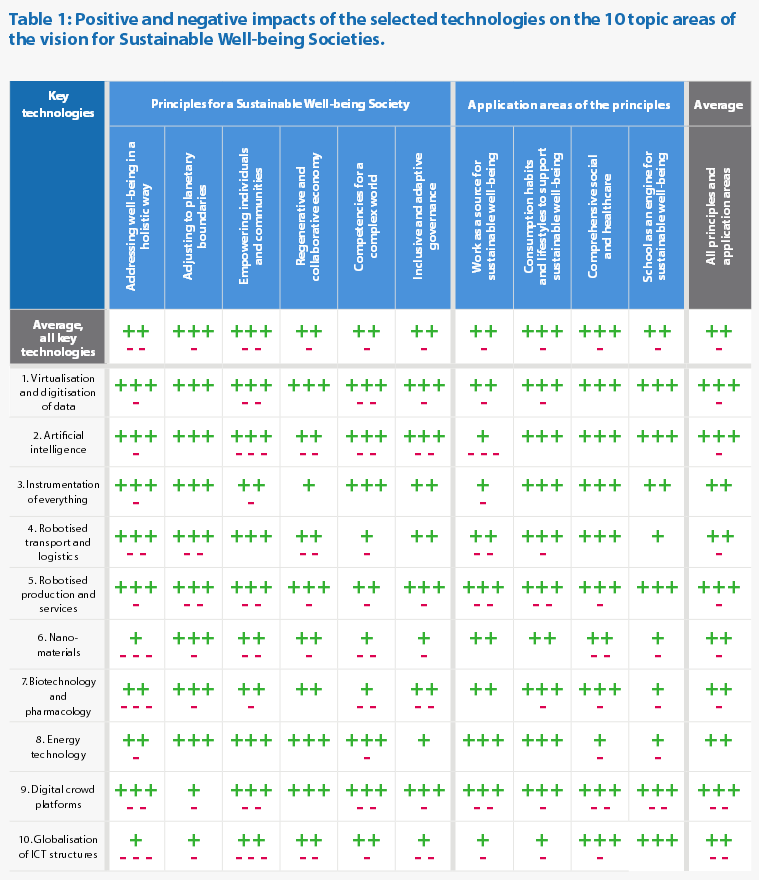
0 Comments
Be the first to post a comment.